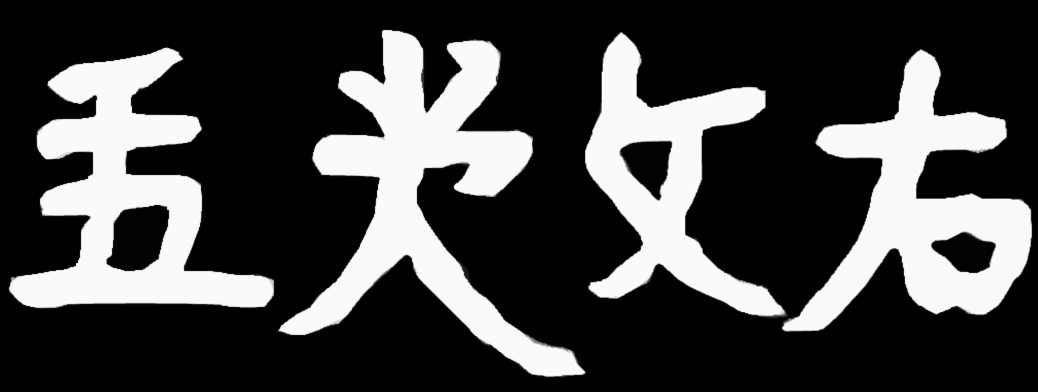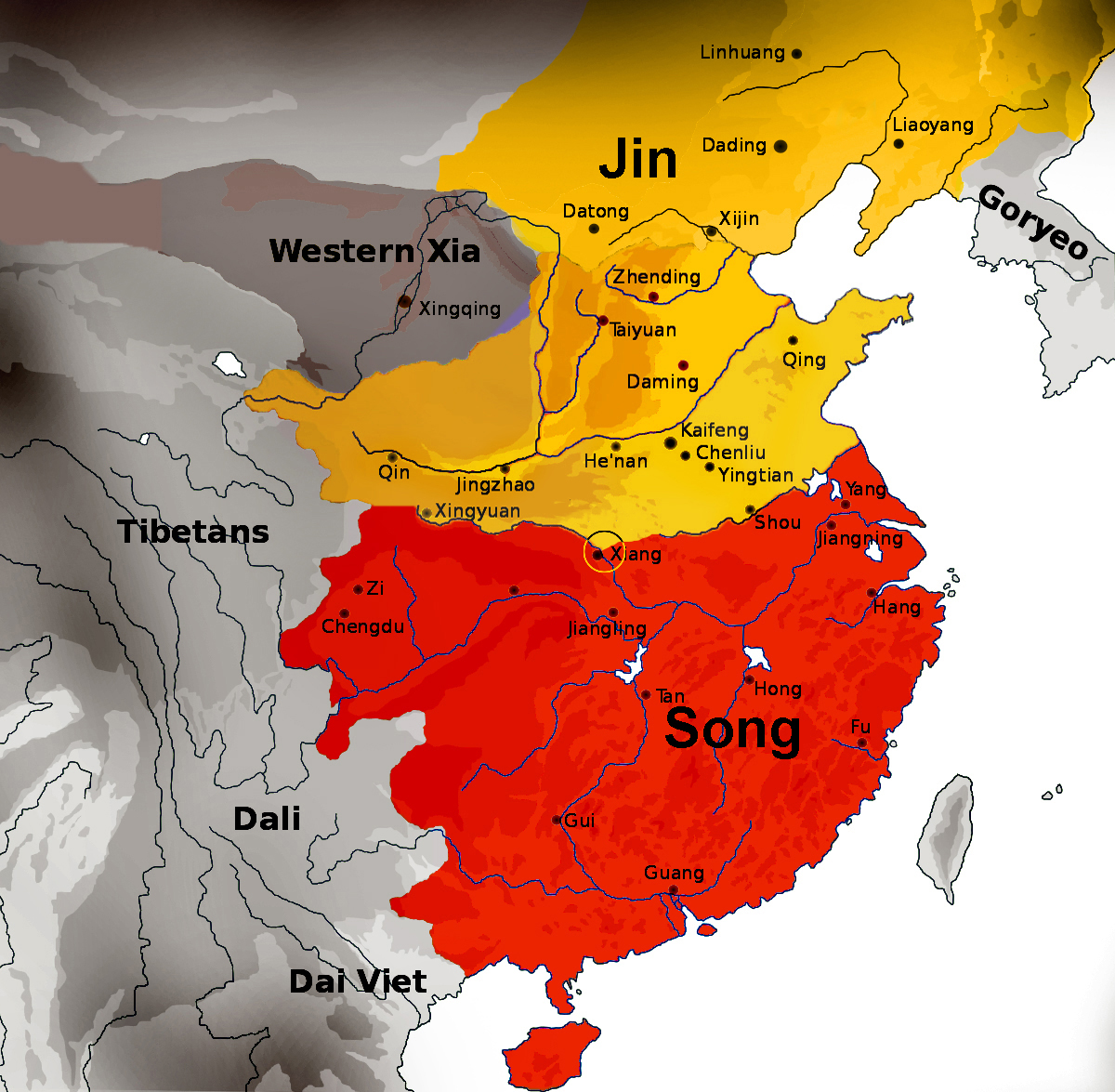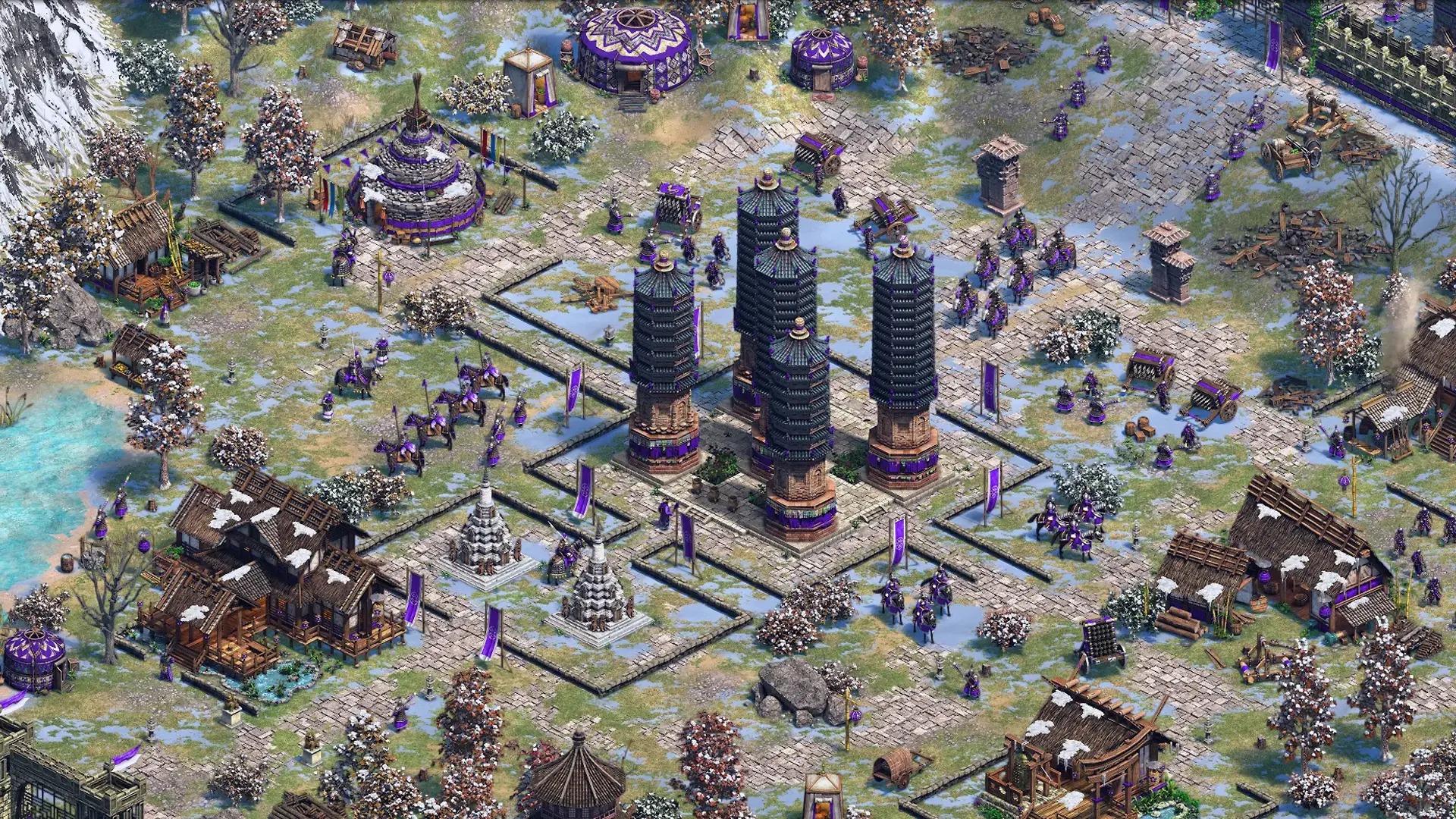Jin Dynasty Nobles: 金·贵族男女
Jin aristocrats in silk riding robes. Exquisite gold embroidery patterns had been excavated from Jin dynasty tombs which yielded a sumptuous material culture. The noblewoman wears a flower crown 花冠 of pearls trimmed in floral arrangement.
Music: Sky Shrouding Stone
Reenactor: 张宇莹-小花
Reenactors: 洪玮 Hong Wei (Formerly 柿子菌)
With so much that's been covered about the Jin military in the Jin- Song wars. In this brief chapter w shall take a look at the fashion and clothing styles of the Jurchen nobility.
.jpg)
Jurchen Jin Dynasty Tiefutu or "Iron Pagodas" 铁浮图. Alternately they were translated as "Iron Buddhas," encased almost completely in armor save their eyes and hands these cataphracts were a powerful fist of the Jin conquerors.
Detailed extensive coverage of the Jin- Song wars can be found here, including the leadup, the Song dynasty's flight south. And the beginning of the Song northern reconquest under Yue Fei. Do not miss out. I will also cover more on the topic on my Youtube channel as well in the coming days.
THE JIN NOBILITY- HEREDITARY COMMAND
The Jurchen tribes were organized in hereditary military units called mouke 谋克: akin to a company- the word itself has strong tribal connotations and denoted the hereditary bond service extended from nobles and their vassals. Ten companies building a battalion of 1,000 or Meng'an 猛安 (which means "Thousand" in Jurchen.)

Special Meng'an Mouke households were military households with the obligation to perform military service. Meng'an Mouke households also became the smallest basis for local administration. Thus in effect this unit assumed both administrative and military affairs.
Meng'an Mouke was originally a tribal alliance organization of the Jurchens. This organization hunts in peacetime and coordinates raids and fights in wartime. Later, it became the foundation of the Jin administrative and military units. The Jurchens entered the Central Plains and used the Meng'an Mouke system to organize the surrendered Han and Khitan people . After Xizong- the 3rd Emperor of the Jin dynasty once the empire had firmly entrenched itself into the Chinese Central Plains, it changed into a trinity of military, production unit and also local administrative agency.
Jin dynasty (Gold) at its greatest extent after entrenching their new holdings in the Central Plains. During the ensuing decades they aggressively adopted Han Chinese customs and became experts at stratifying the various conquered peoples.
Because of this fundamentally hereditary nature of the military nobility unit. When the Jurchens first entered North China, they stationed Meng'an and Mouke at important locations and established military farms to control the Han populace.
The Jurchens enjoyed various social and economic privileges, and many owned large number of slaves and became large landowners. Local county officials could not interfere in the affairs of Meng'an and Mouke. The result of the Jurchens' migration to North China was the addition of a group of aristocratic classes that monopolized power, similar to the feudal aristocracy in medieval Europe.
The Jin dynasty granted land to the Meng'an Mouke households. Under the system of allocating land according to the number of people, they obtained land from the state. Their tax burden was only 1/44 of that of Han farmers, which was very favorable and households owned an average of 2.2 slaves (slaves are pooled from various conquered peoples.) The Meng'an Mouke households thrived as small landlords and slave owners. They often rented their land to Han farmers and collected rent while lived as idle aristocratic landlords. In terms of military capacity- the Jin also incorporated various Han natives into the Meng'an system as well. Han soldiers often formed Jin's best sailors and fleet commanders.
Based largely from 1988 excavations in Duke of Qi Mausoleum in Heilongjiang 黑龙江金齐国王墓, northeastern China. Jin aristocrats in silk riding robes. Exquisite gold embroidery patterns had been excavated from Jin dynasty tombs which yielded a sumptuous material culture. The noblewoman wears a flower crown 花冠 of pearls trimmed in floral arrangement. They carry recurved bows with a quiver slung to their side. One also carries a single edged ring pommeled cutting sword while the figure in white carries an ornate Tang- styled straight cutting sword without pommel.
NEW REALITIES- NEW IDENTITIES- NEW RESPONSIBILITIES
Ironically for the Jin- in order to control the vastly populated- and vastly rich Central Plains, it was also this same Jurchen elite that actively began to aggressively assimilate into the mores of the settled Han culture of their subjects- including formal Chinese imperial customs and a Confucian education~ by extension actively absorbing the Confucian zeitgeist.
To edge out the remaining Song dynasty in matters of legitimacy, the Jin paid homage to edify past Han Chinese cultural icons such as Cao Cao while in the south, the contentious Southern Song instead maid homage to the likes of Liu Bei in framing the holders of the north as unjust and the Song themselves as the tragic inheritors of the true old regime. In order to also solidify their positions as the sole "real" legitimate dynasty with the Mandate of Heaven- they also began to distinguish their Han populace as the (real) Han, while only labeling the people in Song in the south simply as people of the "South" or simply "Song people," if not simply as "Rebels."

It is also no small amount of irony that once the Jurchens have secured themselves in Central China, the Jin found themselves in the same conundrum of many other conquest dynasties that managed to take northern China- namely the like of Xianbei Northern Wei- that is, much of their northern frontier lay exposed and thus under threat of encroachment and invasion from the steppes. And it was in truly stereotypically Chinese fashion that the Jin became aggressive builders of Great Wall all along their north and western frontiers.
NOBLEWOMAN
Reenactors in Khitan Liao aristocrat's clothing at Yinshan Pagoda Forest near Beijing. Han attendants. The Yinshan Pagoda Forest- located along the phalanx of mountains northward of the Jin capital Zhongdu- (Kublai Khan's Shangdu- or alternatively translated as Xanadu- today's Beijing) the Yinshan Pagoda Forest served as an enduring wonder of the Jin dynasty. The s: boasting a Tang era temple and exquisite "forest" of splendid pagodas, the region was the site of pilgrimage and leisure for the Jin aristocracy.
Liao dynasty gilded bronze crown. Khitan Liao aristocrat's clothing: Han attendants.
Khitan Liao aristocrat's clothing: Han attendants.
Since the fall of the dynasty the region has had a troubled history and witnessed destructions in various succeeding centuries, including a brutal bombardment during Sino- Japanese War in WW2 where by Japanese shelling destroyed much of the old buildings in the region. However enough of the regaining towers were spared of this devastation.
The Jurchens will be featured as one of the new (multiplayer, sans- campaign) playable factions in the new upcoming AOE2 DLC "The Three Kingdoms" patch.
And it was at this stage of development, after they have adopted the trapping of so much of the Han subjects, and the posture of defensive entrenchment- using literally the Great Walls, and actively meddled in the politics of the steppes- that a new determined challenger appeared from their north: the Mongols. With the storm of hooves and arrows of these new conquerors, the Jin did not endure.
➢ ☯ Futsunomitama
➢ ☯ MK Celahir
➢ ☯ Muramasa
➢ ☯ Thomas Vieira
➢ ☯ Vincent Ho (FerrumFlos1st)
➢ ☯ BurenErdene Altankhuyag
➢ ☯ Stephen D Rynerson
➢ ☯ Peter Hellman
➢ ☯ SunB



.jpg)






















.jpg)
.jpg)
.jpg)


.jpg)
.png)






Comments
I look forward to your YouTube presentation.
Though, humans being what they are such systems do eventually loosen. Well, at least these were not say something far more rigid like caste system etc.
the Han Chinese
little better than the Khitan themselves, and often lumped them together all as Fan or, less
offensively, Beiren 北人, “Northerners.